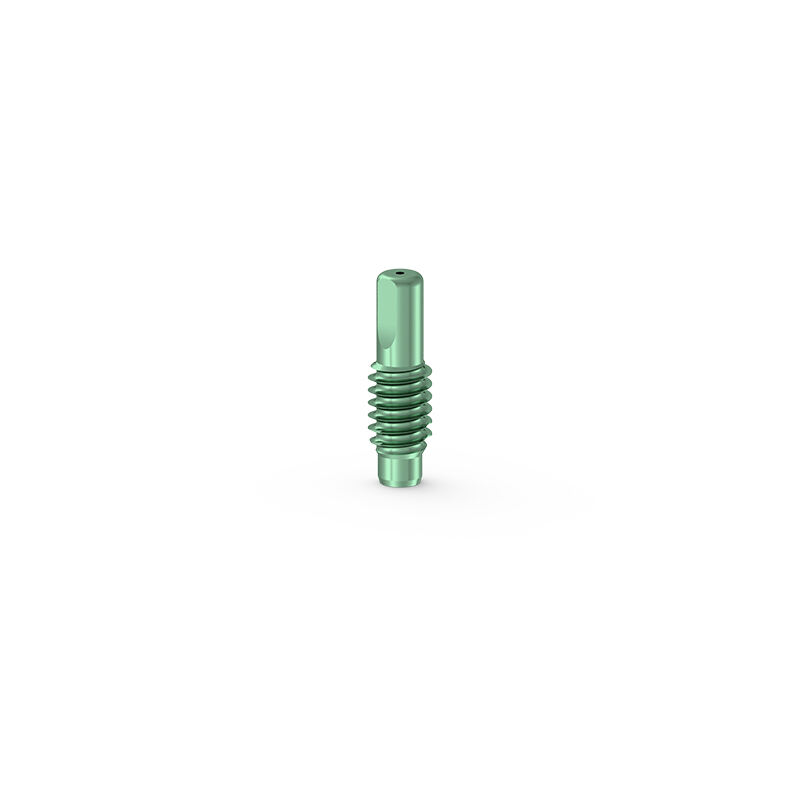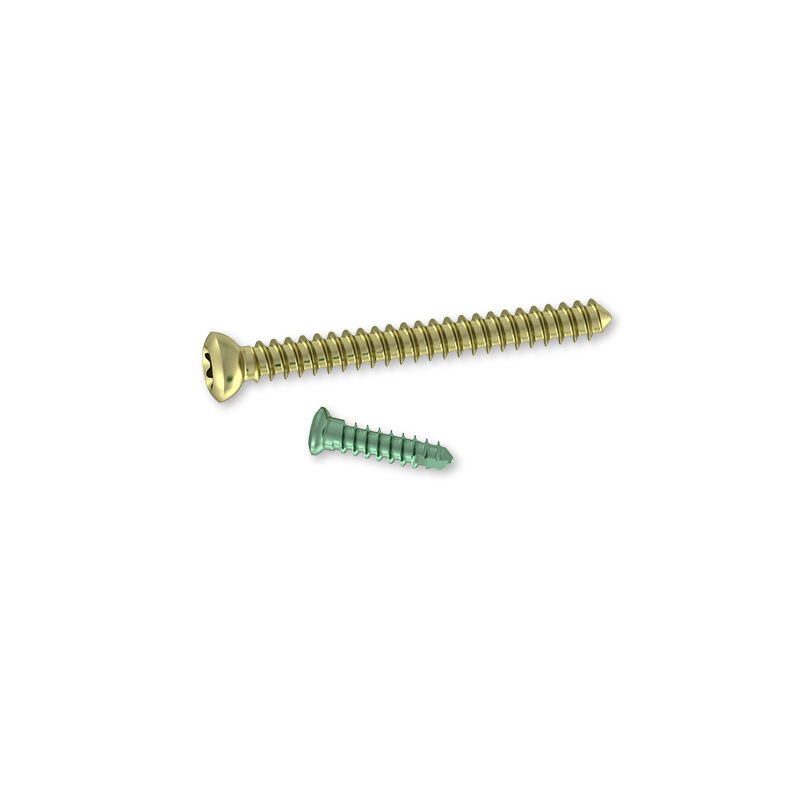proximale humerale Verriegelungsplatte
Die proximale humerale Verriegelungsplatte ist ein ausgeklügeltes orthopädisches Implantat, das entwickelt wurde, um Frakturen im proximalen Humerus zu stabilisieren, der den oberen Teil des Oberarmknochens in der Nähe der Schulter darstellt. Zu ihren Hauptfunktionen gehören die Bereitstellung einer anatomischen Ausrichtung, die Aufrechterhaltung der Reposition der Fraktur und die Ermöglichung einer frühen Mobilisierung des Schultergelenks. Technologische Merkmale dieser Platte umfassen ein flaches Design, das die Reizung des Weichgewebes minimiert, sowie den einzigartigen Verriegelungsschraubenmechanismus, der eine winkelstabile Fixierung bietet und das Risiko des Lockerns der Schraube verringert. Die Anwendungen der proximalen humeralen Verriegelungsplatte sind vielfältig, von Hochenergie-Trauma-Fällen bis hin zu osteoporotischen Frakturen, was sie zu einem unverzichtbaren Werkzeug im Arsenal der orthopädischen Chirurgen macht.



